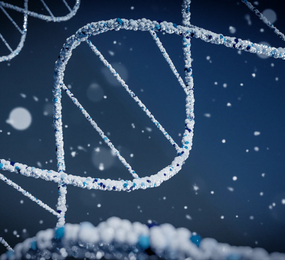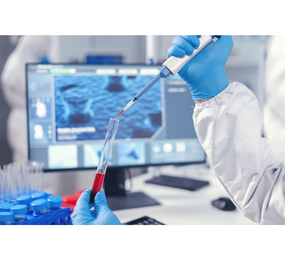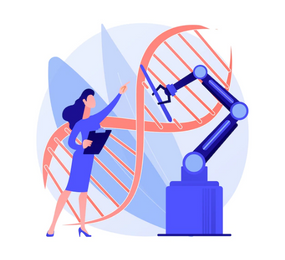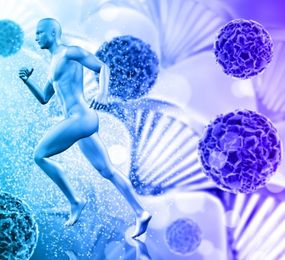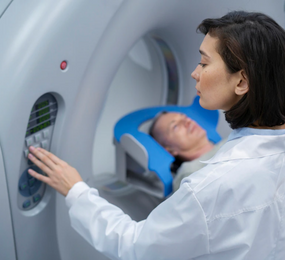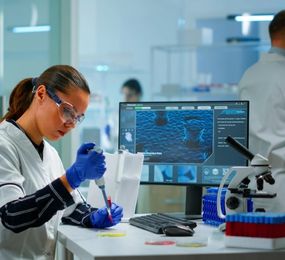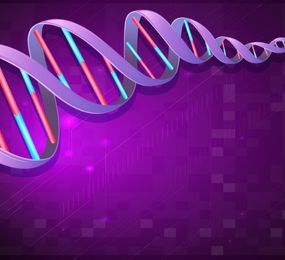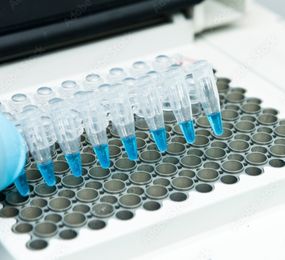A digital twin is a virtual replica or model of a physical object, system, or process. The digital twin can be used to simulate and monitor the behaviour of its physical counterpart, and to analyse and optimise its performance. Digital twins are typically created by collecting data from sensors, instruments, and other sources, and then using that data to create a digital representation of the physical object or system. This digital representation can then be used to analyse, visualise, and manipulate the data, and to make predictions and identify patterns. Digital twins are used in a wide range of industries, including manufacturing, aerospace, healthcare, and building design, and they have the potential to revolutionise the way we design, build, and operate complex systems and processes.
Examples of Digital Twins in Bioprocess Development Space
Sensor measurements, commonly referred to as "soft-sensors," "process units," or even connected process units, may be simulated by bioprocess digital twins. The creation of digital twins in the bioprocess development field is primarily driven by three factors:
-
Minimising the quantity of physical tests that must be performed, hence lowering COGS and development costs.
-
Reducing the amount of time required to conduct several in vivo tests, hastening the time to market.
-
Enhancing process and product understanding by raising the amount of process possibilities that can be taken into account while building a process.
Both upstream and downstream process development scenarios can benefit from the use of digital twins.
Digital twins can and have been used to simulate biochemical pathways for cells in the upstream process development space. These processes include biomass accumulation (VCD, dead, and lysed cell concentrations), metabolic activity (such as glucose metabolism), metabolic flux, and glycan profile formations. These simulations can be used to create the best control loops for substrate additions (such as nutrients and inducers) and to predict the cellular activity for various feed-strategy methods (i.e. perfusion vs. fed-batch).
Overall, digital twins have the potential to transform the way organisations manage and operate their physical systems, and they are becoming increasingly important as organisations look for new and innovative ways to drive efficiency and improve performance.
Want to find out more? Join industry experts on March 28–29, 2023 at the Steigenberger Airport Hotel, Berlin, Germany as they discuss digital twins to accelerate bioprocess development .
To register or learn more about the Forum please check here: https://bit.ly/3zxguXW.
For more information and group participation, contact us: [email protected]


